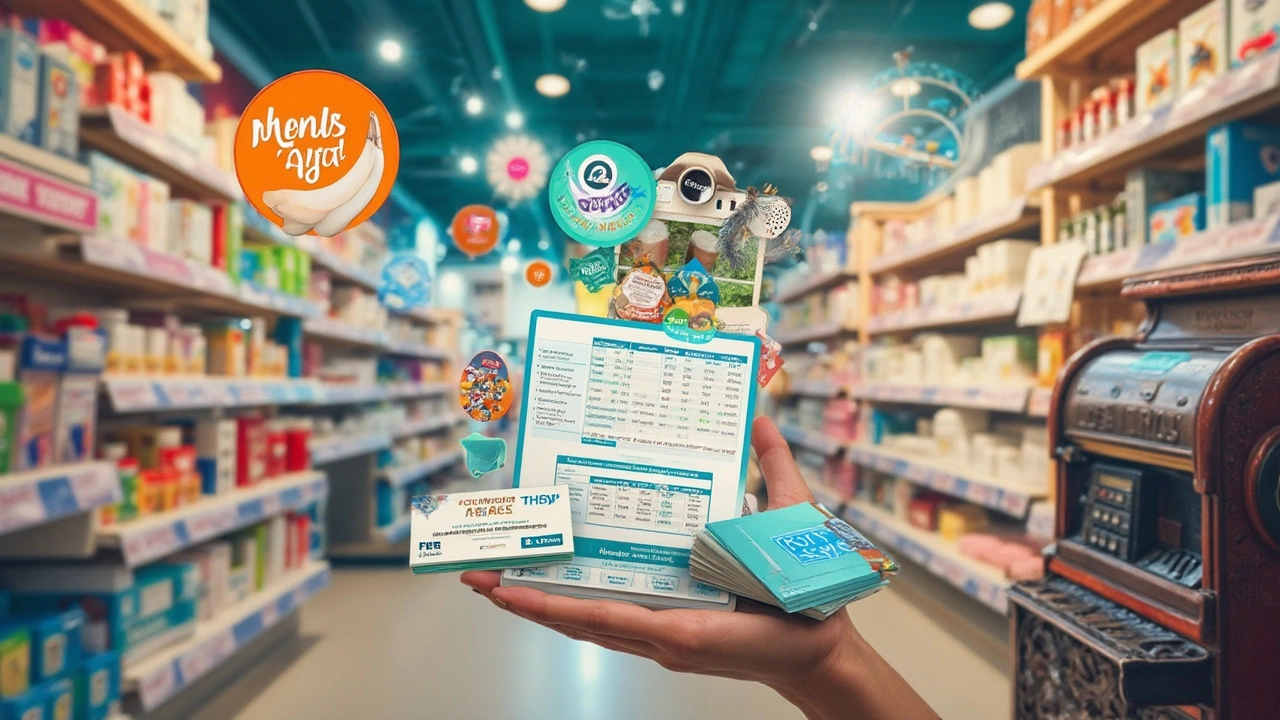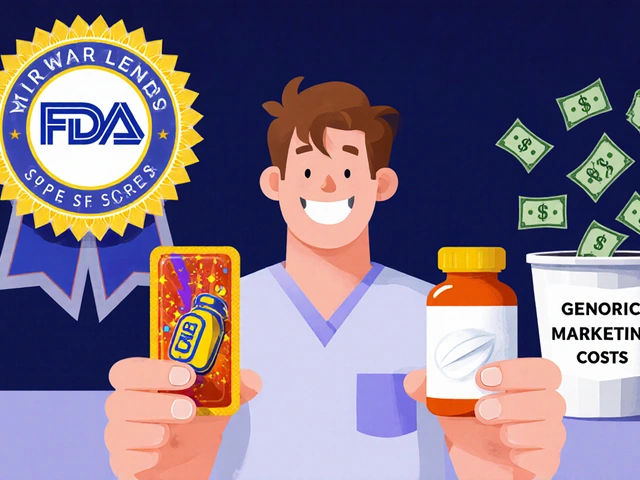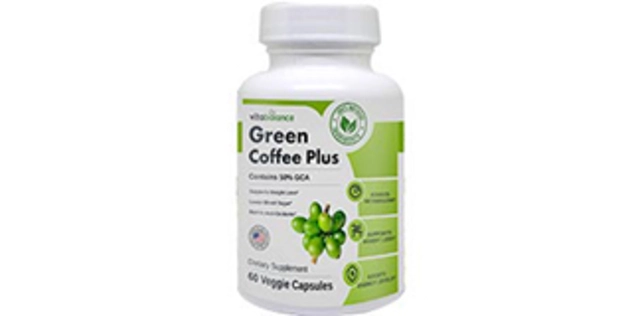Prescription savings: cut drug costs without risking care
Paying too much for prescriptions is common. You don’t have to accept it. With a few simple moves—asking the right questions, comparing prices, and choosing smart refill options—you can lower your monthly medication bill without sacrificing safety.
Quick wins you can use today
Compare prices before you buy. Use a price lookup tool or call a few pharmacies and ask for the cash price. Prices can vary widely for the same drug. If a generic exists, ask for it—generics like metformin, lisinopril, or atorvastatin often cost a fraction of brand-name versions.
Look for coupons and discount cards. Manufacturer coupons and services like GoodRx or similar apps can shave off a big portion of the cost. Print or show the coupon on your phone at checkout. Also check the manufacturer’s website—many companies offer savings programs for first-time or ongoing users.
Switch to a 90-day supply if you’re on a stable chronic medication. Many pharmacies and insurance plans lower the per‑pill price for a 90‑day refill. Mail-order pharmacies often provide the best per‑month rate for long-term meds.
Smarter moves that save more over time
Talk to your prescriber and pharmacist. Ask if there’s a lower-cost alternative, a therapeutic substitute, or a different dosing schedule that’s cheaper. Sometimes a once-daily pill replaces a drug taken multiple times a day. Don’t change meds without their OK, but do ask—doctors and pharmacists expect cost questions.
Check patient assistance programs and copay cards. If you have a high-cost medication, many drug makers run assistance programs for eligible patients. Nonprofits and hospital social workers can also point you to help. For some specialty drugs, this is the fastest way to reduce out-of-pocket costs substantially.
Buy larger packages only if the per‑pill price is truly lower. Compare unit prices (per pill or per milliliter) rather than the package price. Sometimes larger bottles are cheaper per unit, sometimes they’re not—do the math.
Use flexible spending accounts (FSA) or health savings accounts (HSA) when possible. Those dollars are pre-tax and reduce your real cost for eligible prescriptions. Keep receipts and plan refills around your plan year when it makes sense.
Stay safe: only use licensed pharmacies and never skip prescriptions or split tablets unless your pharmacist says it’s okay. Ask for a written plan if you try dose-splitting or alternate-day dosing so you know you’re staying on track.
Small habits add up. Price-check, ask for generics, use coupons, and consider 90-day refills. Those steps often cut bills by 30% or more. If you want, start by checking one drug now and see how much you save—that quick win usually motivates the next change.

Exploring the Best GoodRx Alternatives: A Guide to Finding Prescription Savings
As healthcare costs rise, many are on the hunt for ways to save on prescription medications. While GoodRx is a well-known option, it's not the only one. This article delves into ten alternatives, comparing their pros and cons, to help you find effective ways to lower medication costs. From digital apps to pharmacy loyalty programs, readers will discover diverse avenues to save money.
Categories
- Medications (50)
- Health and Medicine (45)
- Health and Wellness (34)
- Online Pharmacy Guides (15)
- Nutrition and Supplements (7)
- Parenting and Family (3)
- Environment and Conservation (2)
- healthcare (2)
- prescription savings (1)



